With the outbreak of Covid-19, lockdown was imposed all over the country. The time when people were bound to stay in their homes only. We spent time scrolling down through the pictures. Capturing pictures actually captures the moments in those pictures and if the pictures are taken on a professional camera, it’s like a cherry on the top.
Today, we will be talking about the two mirrorless cameras launched by the most trusted and well-known, Sony.
In a Hurry? Here are Our Top Choices:
Here is a quick snapshot of our top-rated picks.
[amazon box=”B07B43WPVK,B00I8BICB2,B076TGDHPT” grid=”3″]We will be comparing Sony A7 and Sony A6000 on certain criteria and find the best suitable component for you. So, let’s explore them.
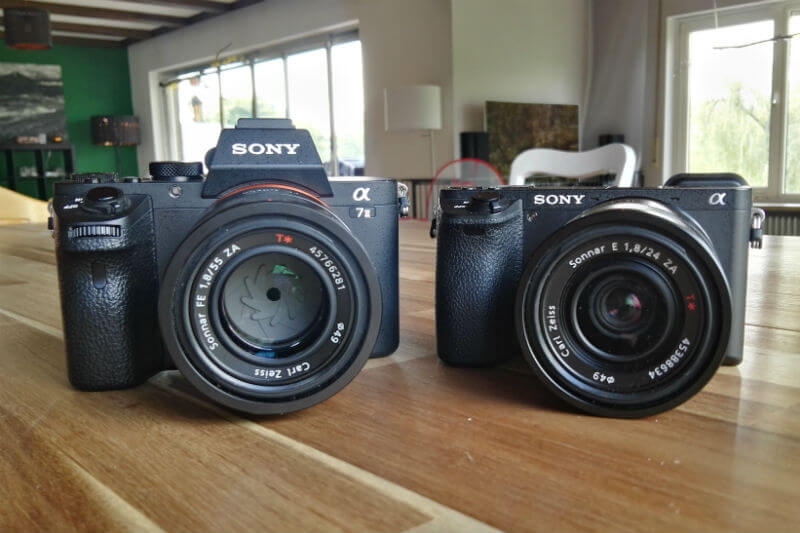
Brief Comparison Between Sony A7 and A6000
| Specifications | Sony A7 | Sony A6000 |
| Launch | January 2014 | April 2014 |
| Size | Bigger; 127 x 95 x 55 mm | Smaller; 120 x 67 x45 mm |
| Ergonomics and Controls | Offers more manual customization | Less customization options available |
| Image Quality | It captures images without altering the view field | It crops the image by a crop factor of 1.5x |
| Video Quality | Shoots in AVCHD and MP4 format at 1080p with recording limit of 29 minutes | Shoots in AVCHD and MP4 format at 1080p with recording limit of 29 minutes |
| Display | Has a better viewing experience with a resolution of 2.36M dots |
Has only 1.44M dots increasing the task of resolving fine details or focusing manually. |
| Sensor | A7 features 24MP- Full frame CMOS Sensor having 133% bigger sensor area than A6000. | A6000 offers 24MP – APS-C CMOS Sensor and offers less features with respect to sensor. |
| Auto Focusing | It offers 117 point system with less resounding AF coverage. | It offers efficient 179-point hybrid phase-detect system with better resounding AF coverage |
| Battery Life | Offers only 340 shots per charge | Offers around 360 shots per charge |
LAUNCH
Sony A7 was introduced in January 2014 and just after 3 months, Sony A6000 entered the market.
SIZE
Sony 6-series cameras are significantly smaller and compact than A7. The dimension of A7 is 127 x 95 x 55 mm whereas A6000 has smaller dimension of 120 x 67 x45 mm.
So, if you are looking for a camera which can easily fir into your backpack, then you should definitely go for A6000.
ERGONOMICS & CONTROLS
When it comes to customization, Sony A7 is the best option. It offers great manual customization and access to many critical parameters. It also includes a compensation button and dual adjustment wheels for better manual control.
While the A6000 camera has only one adjustment wheel and two custom buttons to customize the functions.
Overall, the manual control and customization provided by 7-series camera makes it the best choice over others.
IMAGE QUALITY
Sony A7 features 24MP- Full frame CMOS Sensor and A6000 offers 24MP – APS-C CMOS Sensor. On paper, both the cameras will provide similar quality of images due to equivalent resolution sensors. But Sony A7 captures images without altering the view field, unlike A6000 which crops the image by a crop factor of 1.5x using the same lens as of A7.
This feature of A7 supplies a distinct edge while shooting in dark. Here, A7 takes the crown over A6000.
VIDEO QUALITY
The quality of videos in both the cameras are same. Both of them shoot in the AVCHD and MP4 format at 1080p. The maximum recording limit in both the cameras is 29 minutes. Therefore, in case of video quality, both of them outshine each other.
DISPLAY
Both the cameras offer 3.0 inch tilting LCDs with resolutions of 922K dots in A6000 and 1230k dots in A7 that tilts up approximately 45° and 90° down. Both have electronic viewfinder covers the imaging area completely. However, the resolutions are different.
A7 has a better viewing experience with a resolution of 2.36M dots as compared to 1.44M dots of A6000 which increases your work of resolving fine details or manual focusing.
So, A7 wins here as offers better resolution than A6000.
SENSOR
The imaging sensor size is a crucial feature that determines the image quality. A larger sensor possesses better pixels, low-light sensitivity, rich color-depth and wider range.
Sony A6000 features APS-C sensor and Sony A7 has a full frame sensor which gives it 133% bigger sensor area than the A6000.
In this case, Sony A7 is definitely a better option than Sony A6.
AUTO FOCUSING
In autofocusing, the 7-series offer 117 point system. Since it has the larger sensors of two cameras, it’s not offering the same resounding AF coverage which is offered by A6000. The 6-series also offer efficient 179-point hybrid phase-detect system which provides more congruous detection and tracking across the frames.
Here, A6000 gets a point for having better autofocusing performance than A7.
BATTERY LIFE
Although both of the cameras use Sony NP-FW50 battery, Sony A6000 offers 360 shots per charge making it a slightly better choice than the A7 which gives only 340 shots per charge.
EXPERT REVIEWS
We all check reviews before going to buy anything. According to the reviews given by some of the market experts, Sony A7 is a more efficient camera making it a better companion for you than the Sony A6000.
ADDITIONAL FEATURES
Both Sony A7 and A600 provides NFC and Wi-Fi connectivity for wireless image transfer and remote control to the connected devices.
The 7-series offers headphone and microphone inputs, which are lacking in the 6-series.
On the other hand, the 6-series provides a very impressive continuous burst rate of 11fps dominating the 7-series’ slow 5fps shooting speed.
Also, the Sony A6 offers built-in pop-up flash which is a missing feature in the &-series
Conclusion
Ultimately, both the cameras are virtually identical and comparable in their prime abilities. Sony A7 focuses mostly on the current professionals and the serious enthusiasts who really want to master their skills. While A6000 aims mostly on the beginning or hobbyist photographers who are looking to upgrade themselves from a smartphone to their first camera.
Although, both of the cameras, Sony A7 and Sony A6000 have been abandoned nowadays, but we can still find them on many ecommerce websites. Sony A7 has been replaced by Sony A7 II and A6000 was replaced by Sony A6300.
Whichever of the above factors are important for you will consequently help you in deciding the best suitable camera for you.

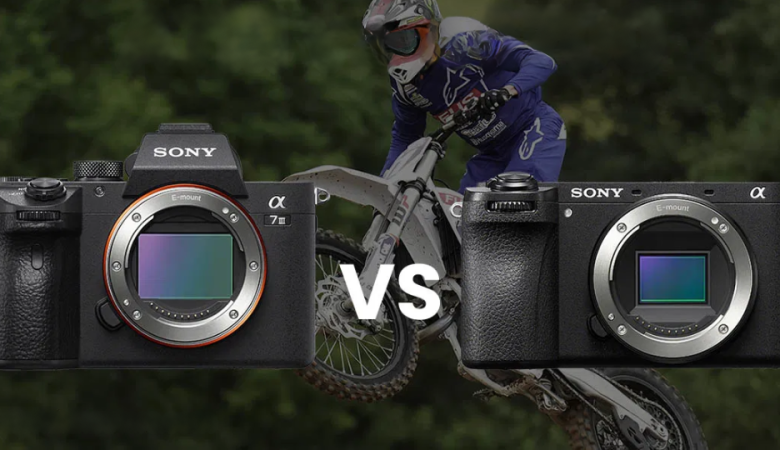
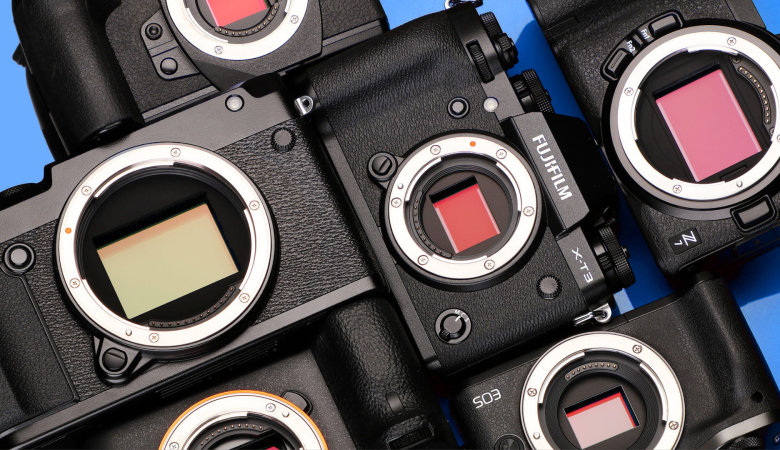
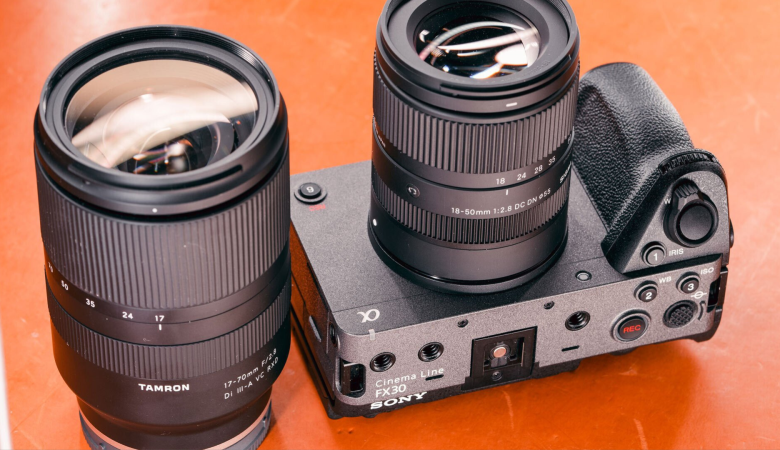
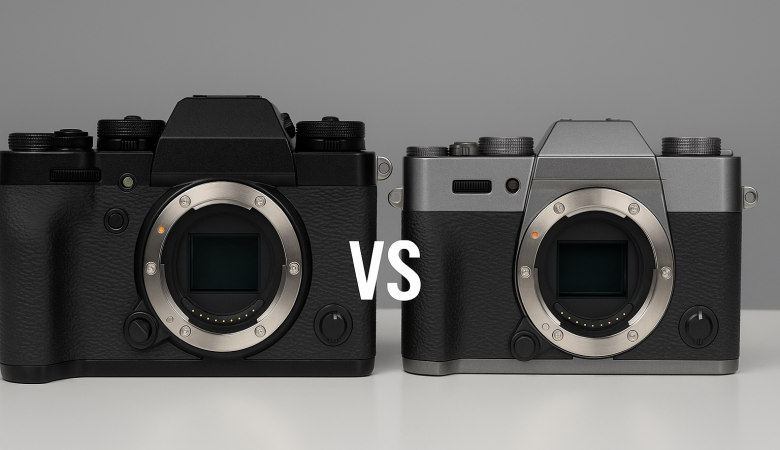
Leave a Reply